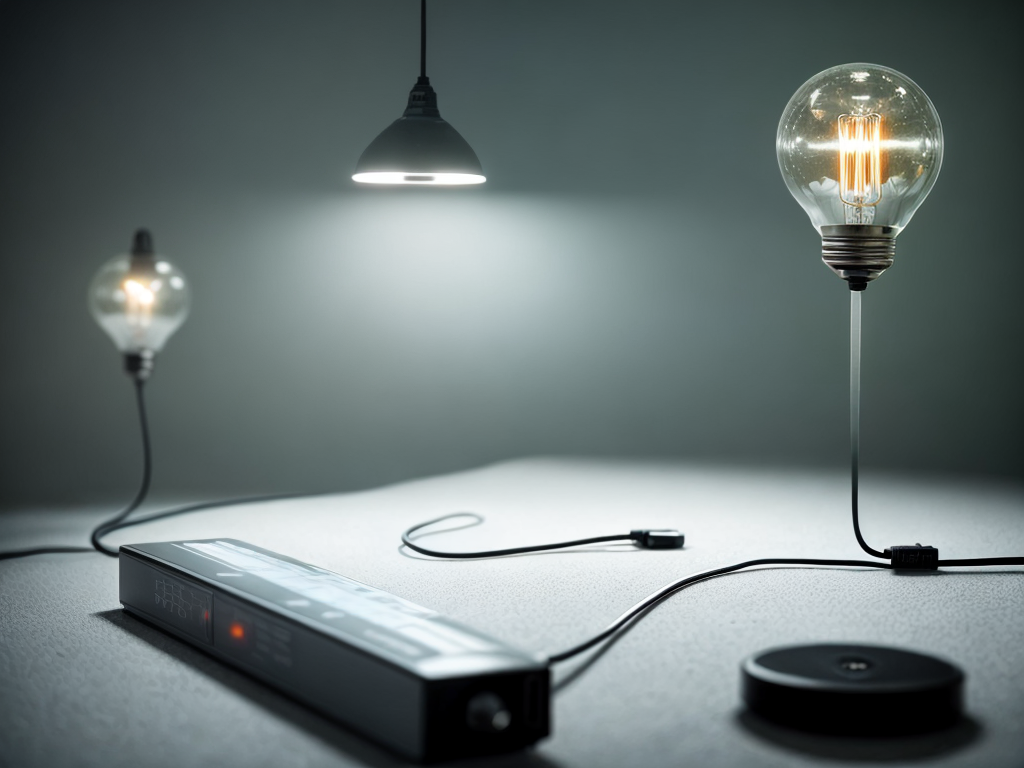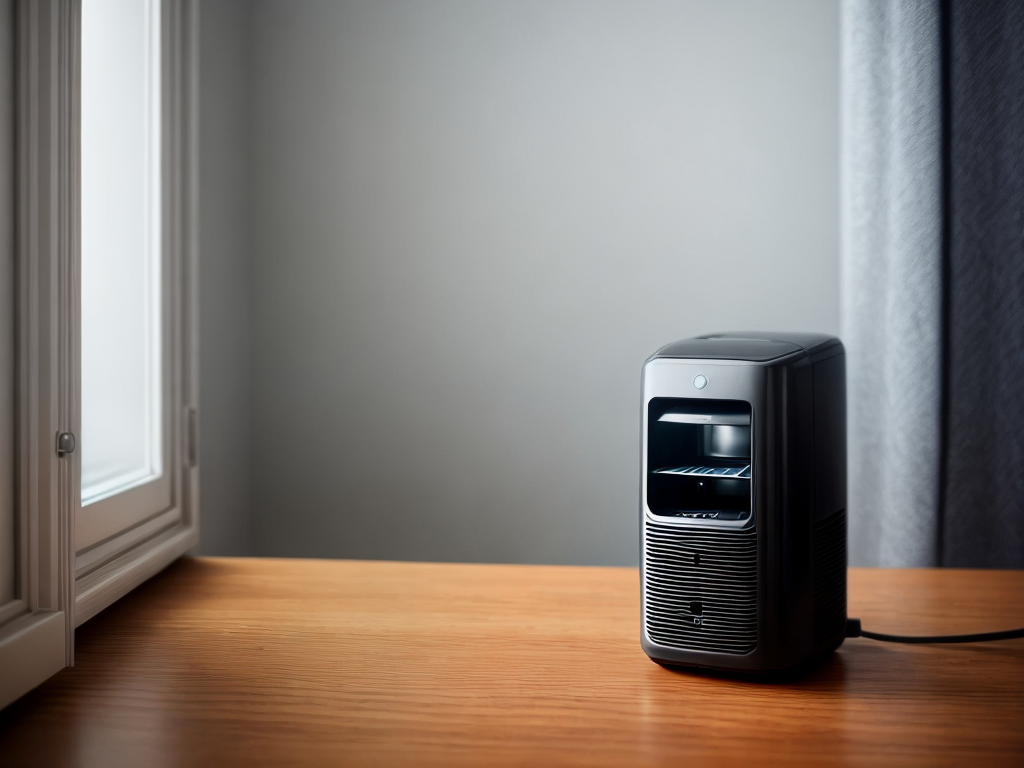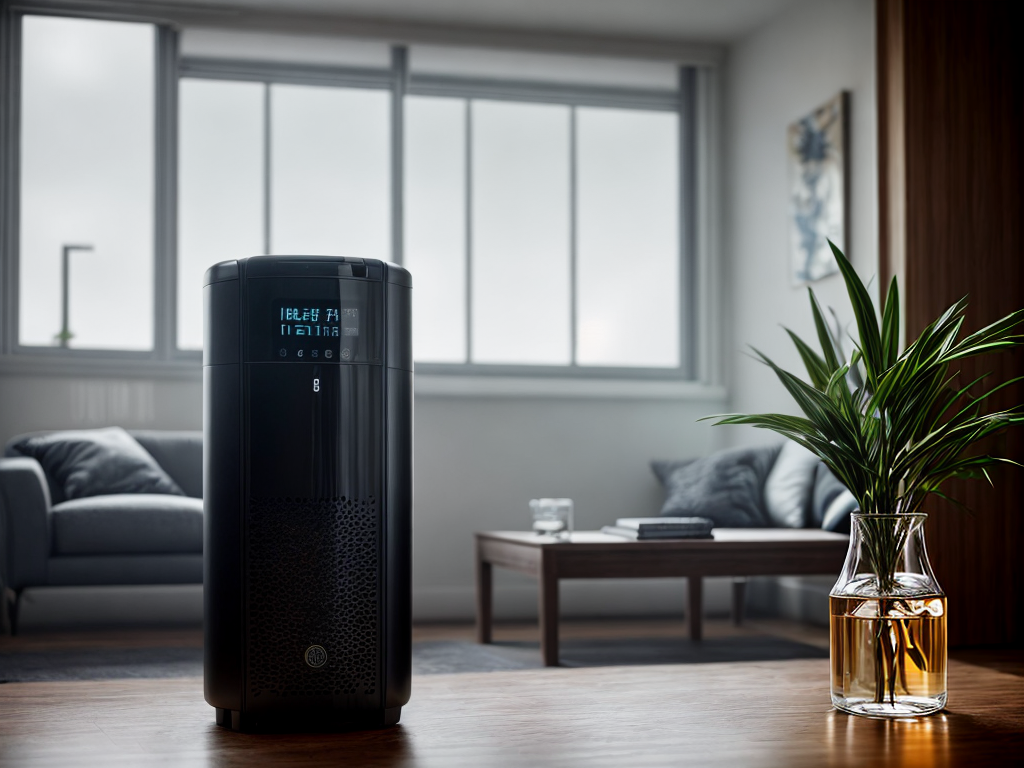
As I sit here, watching the humid air hang heavy around me like a suffocating blanket, I can’t help but wonder: are there any energy-saving strategies for us dehumidifier users? Well, my curious friend, wonder no more. In this discussion, I will explore a range of practical tips and techniques that will not only help you save energy but also ensure your dehumidifier operates at its optimal efficiency. So, let’s dive in and uncover the secrets to a more energy-conscious dehumidifying experience.
Proper Placement and Sizing
When placing and sizing your dehumidifier, it is important to consider factors such as room size, humidity levels, and potential obstructions to ensure optimal energy-saving performance. Proper placement and sizing are crucial for effective humidity level monitoring and efficient moisture absorption. To start, choose a location that is central to the room and away from walls or furniture, as this allows for better air circulation and prevents blockages. Additionally, ensure that the dehumidifier is placed at least six inches away from any walls or other objects to allow for proper intake and exhaust airflow. When it comes to sizing, select a dehumidifier that is appropriate for the square footage of your room. A unit that is too small will not effectively remove moisture, while a unit that is too large will consume unnecessary energy. To determine the right size, consider the humidity levels in your area and the room’s usage. For high humidity levels or larger rooms, a larger capacity dehumidifier may be necessary. By carefully considering these factors, you can maximize the energy-saving potential of your dehumidifier while effectively managing moisture levels in your space.
Regular Maintenance and Cleaning
To ensure optimal energy-saving performance and efficient moisture absorption, regular maintenance and cleaning are essential for dehumidifier users. By following a proper maintenance routine, you can prolong the lifespan of your dehumidifier while maximizing its efficiency. One crucial aspect of maintenance is cleaning the air filter regularly. A dirty or clogged filter can hinder the dehumidifier’s airflow and reduce its effectiveness. I recommend cleaning the filter at least once every two weeks, or more frequently if you live in a particularly humid environment. Additionally, it is important to inspect and clean the water collection bucket regularly. Emptying the bucket when it is full and cleaning it to prevent the growth of mold or bacteria is vital for maintaining a healthy indoor environment. Lastly, don’t forget to check for any visible signs of damage or wear, such as frayed cords or leaks, and address them promptly. By following these maintenance frequency guidelines and troubleshooting tips, you can ensure that your dehumidifier operates at its best, providing you with the control you desire over your indoor humidity levels.
| Maintenance Task | Frequency | Troubleshooting Tips |
|---|---|---|
| Clean air filter | Every 2 weeks | Replace if damaged |
| Empty and clean bucket | When full | Check for leaks |
| Check for damage | Regularly | Repair or replace |
Utilize Timers and Humidity Controls
I highly recommend utilizing timers and humidity controls for optimal energy-saving performance and customized moisture management with your dehumidifier. By taking advantage of these features, you can have complete control over the operation of your dehumidifier, saving both energy and money.
With the advent of smart technology, many dehumidifiers now come equipped with timers that allow you to set specific times for operation. This means you can program your dehumidifier to turn on and off at certain intervals, ensuring that it only runs when needed. This not only saves energy but also prevents unnecessary wear and tear on the unit.
Additionally, humidity controls are essential for maintaining the ideal moisture levels in your home. Many dehumidifiers now come with built-in moisture sensors that can detect the current humidity levels in the air. With these controls, you can set the desired humidity level, and the dehumidifier will automatically adjust its operation to maintain that level. This ensures that your home remains comfortable and free from excess moisture, without wasting energy by running continuously.
Optimize Ventilation and Airflow
With optimized ventilation and airflow, you can further enhance the energy-saving capabilities of your dehumidifier while maintaining a comfortable and moisture-free environment. Here are three strategies to help you achieve this:
-
Passive cooling techniques: Implementing passive cooling techniques can reduce the need for additional energy-consuming appliances, such as air conditioners. For example, using reflective window films, shades, or blinds can prevent excessive heat from entering your space, reducing the workload on your dehumidifier.
-
Natural ventilation solutions: Take advantage of natural airflow to keep your space well-ventilated and reduce the need for mechanical ventilation. Open windows strategically to allow cross-ventilation, creating a refreshing breeze that helps to regulate humidity levels. Additionally, using ceiling fans or portable fans can enhance air circulation and distribute cool air more effectively.
-
Proper placement of the dehumidifier: Ensure that your dehumidifier is placed in an optimal location to maximize its efficiency. Position it near the source of moisture, such as in basements or bathrooms, to target specific areas. Also, make sure the dehumidifier is not obstructed by furniture or other objects that may impede airflow.
Consider Energy-Efficient Dehumidifier Models
Considering energy-efficient dehumidifier models is an important step towards reducing energy consumption and saving on utility costs. When choosing a dehumidifier, it is crucial to look for energy-saving features that can help you achieve long-term cost savings. Energy-efficient dehumidifiers are designed to operate more efficiently, using less energy while still effectively removing moisture from the air.
One key feature to look for is an adjustable humidistat, which allows you to set the desired humidity level and automatically shuts off the dehumidifier once that level is reached. This not only saves energy but also ensures that your indoor air quality remains at an optimal level.
Another energy-saving feature is a programmable timer. With this feature, you can schedule when the dehumidifier should turn on and off, allowing you to control its operation based on your specific needs. For example, you can program it to run during off-peak hours when electricity rates are lower.
Additionally, consider models that have a high Energy Star rating. Energy Star-certified dehumidifiers are independently tested and proven to meet strict energy efficiency guidelines set by the Environmental Protection Agency. By choosing one of these models, you can be confident that you are investing in a dehumidifier that will provide significant energy savings over time.








